Revolting Rhymes by Roald Dahl, Illustrated by Quentin Blake | Book Review
Disclosure: I did not receive any compensation for this review. Cover art is copyright of Puffin Books.
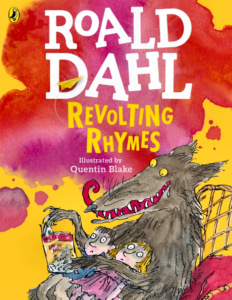 You think you know a fairy tale,
You think you know a fairy tale,
and recounting them is rather stale.
Yet when you read a Revolting Rhyme,
You’ll find you were hoodwinked all this time.
This is my second tussle with Roald Dahl’s rhyming couplet poetry. His ‘Dirty Beasts’ was an anthology of hits and misses, but ‘Revolting Rhymes’ is – as that delinquent Goldilocks would say – “just right.”
There are six fairy tales retold in this book: Cinderella, Jack and the Beanstalk, Snow-White and the Seven Dwarfs, Goldilocks and the Three Bears, Little Red Riding Hood and the Wolf, and The Three Little Pigs.
My prickly point with ‘Dirty Beasts’ was some of the poems’ length and rhythmic pace. The poems in ‘Revolting Rhymes’ are long – and read like short stories – but the pacing is spot on, which makes for smooth reading. Still, I stumbled when Dahl broke from his rhyming couplets to quote (or paraphrase) famous lines from the fairy tales. This choice displeased me. As a wise llama once said, “You threw off my groove!”
Five of the six poems have a unique spin on the old fairy tales. Modern readers may find Little Red Riding Hood and the Wolf predictable. I believe this is because it has been ripped off by ‘Into the Woods’ and other hooligans. Dishonour! Goldilocks and the Three Bears is more of a cynical commentary on the original tale than a full twist.
‘Revolting Rhymes’ is a book that you can’t help but smile while reading, particularly if you are susceptible to schadenfreude. Good times – do read it.

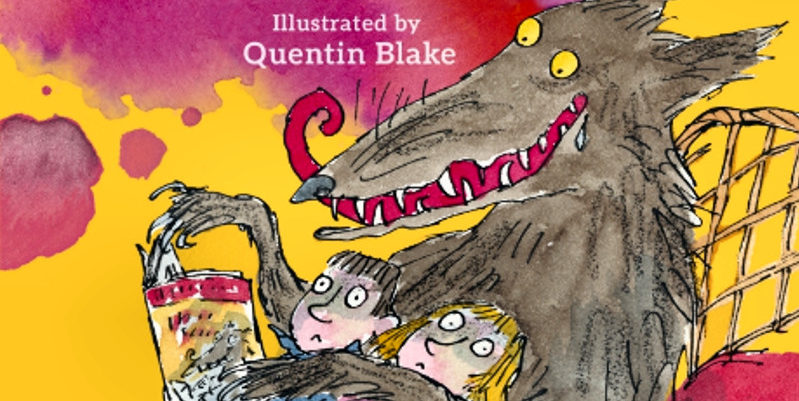
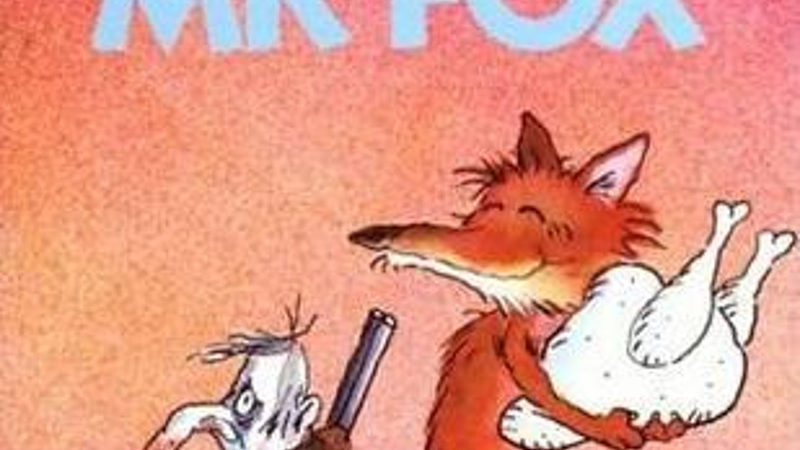
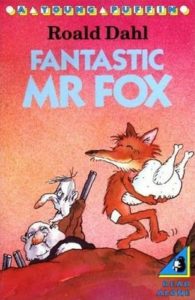 This is the story of Mr. Fox, who feeds his family by poaching from three farmers. Naturally these farmers are miffed and come after Mr. Fox, placing his family and all his neighbours’ lives in jeopardy.
This is the story of Mr. Fox, who feeds his family by poaching from three farmers. Naturally these farmers are miffed and come after Mr. Fox, placing his family and all his neighbours’ lives in jeopardy.
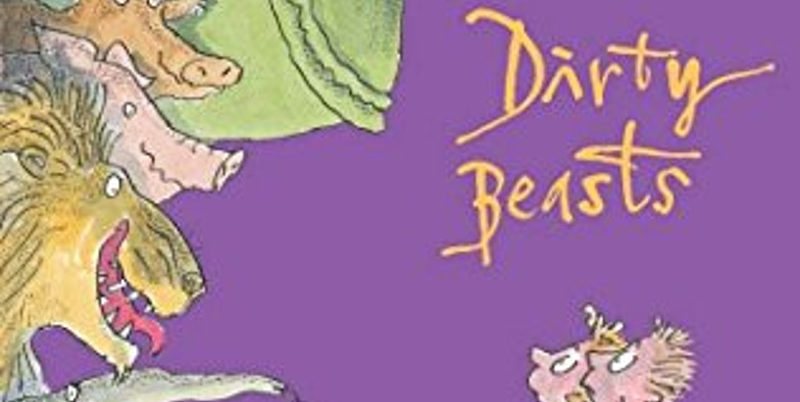
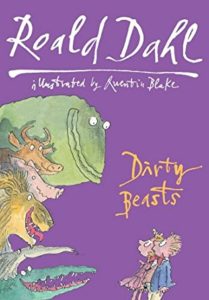 ‘Dirty Beasts’ is a book of poems by Roald Dahl about various animals, most of whom seem to be aggressive towards humans in one form or another.
‘Dirty Beasts’ is a book of poems by Roald Dahl about various animals, most of whom seem to be aggressive towards humans in one form or another.